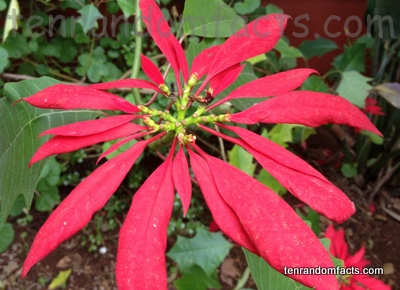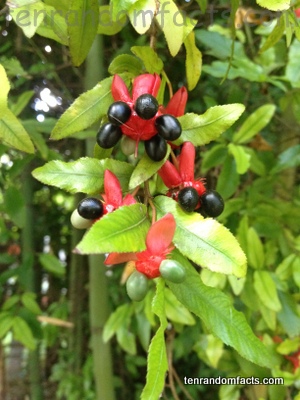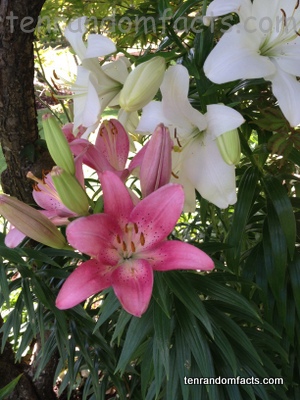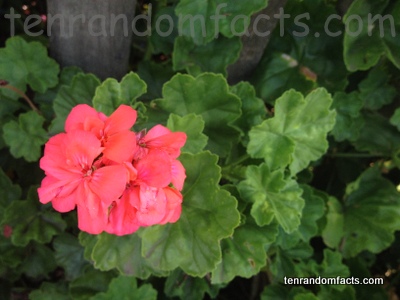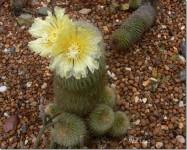
Yellow tower cacti do not taste like lemons or give you pins and needles.
- The yellow tower cactus is from the Cactaceae family, which is the family of cacti, and it is also known as a ‘golden ball cactus’ and a ‘lemon ball cactus’.
- The yellow tower cactus is native to South America’s Brazil, where it can become considerably cold at nights during the winter time.
- The scientific name of the yellow tower cactus is Parodia leninghausii, and at an earlier stage it was known as a Notocactus leninghausii, and has also been listed in other genera.
- German Karl Schumann, a botanist, chose the scientific name for the yellow tower cactus, in honour of the 19th century (and early 20th century) German cacti collector, Wilhelm Lenninghaus, or Guillermo Lenninghaus, as he was later known.
- Yellow tower cactus flowers usually bloom in summer, once the cactus grows to an adult height of 15 to 20 centimetres (6 to 8 inches), and it can take 5 years for the plant to mature.
Tower Cactus
Image courtesy of Val Laird
- The yellow tower cactus has yellow coloured flowers, approximately 5 cm (2 inches) in diameter, that sit at the top of the cactus, and they have many papery petals.
- A yellow tower cactus starts off as a ball shape, but as the cactus ages, it grows as a column, with small ones that cluster at its base.
- Yellow tower cacti are green with a blanket of spines, that are long and golden coloured, and not so harmful.
- A yellow tower cactus can tolerate a mild frost, as long as the cactus is relatively free of moisture content.
- The yellow tower cactus can reach a height of up to 1 metre (3 feet) and a diameter of 12 centimetres (5 inches), however, the plant will take many years to reach that height.







